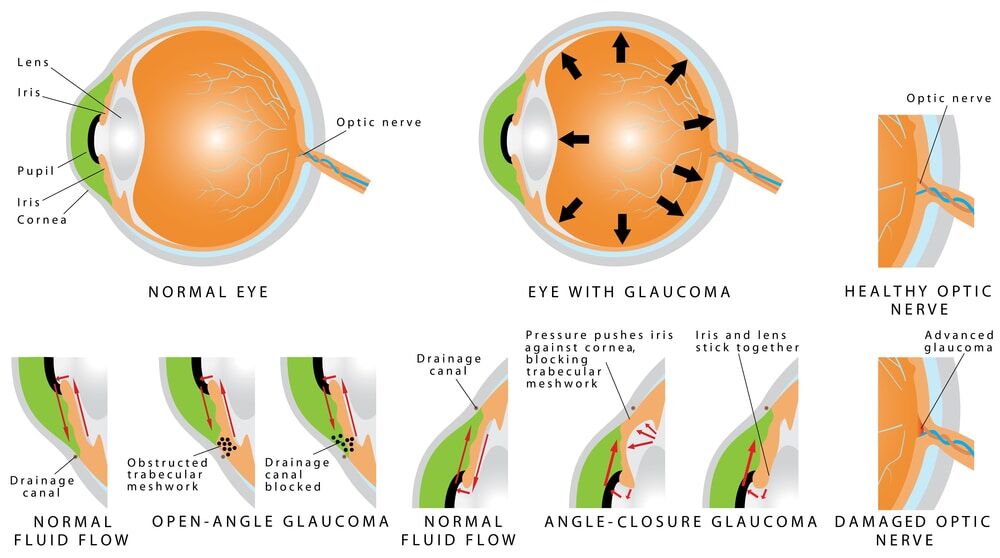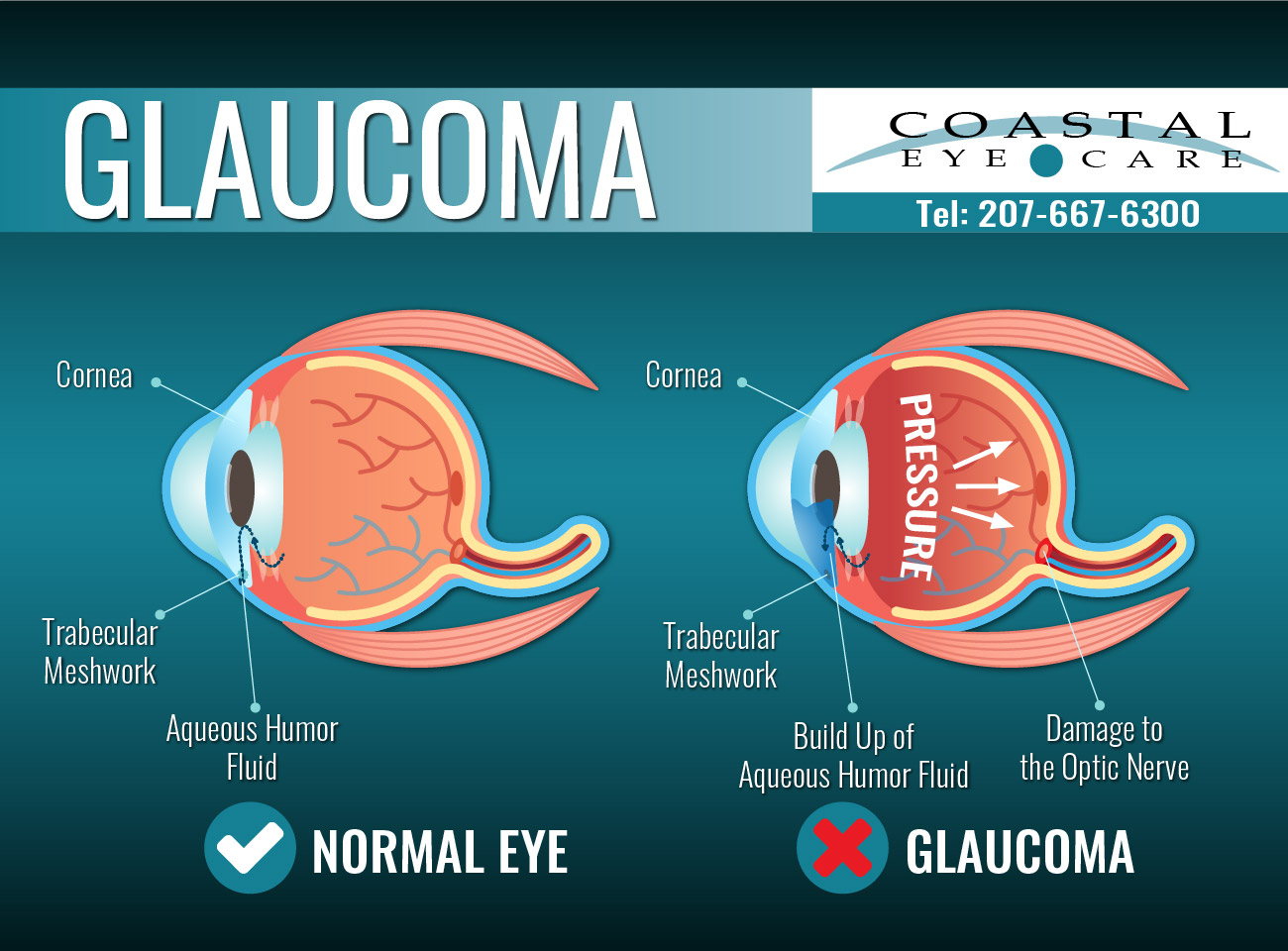Advanced Refractive Surgeries in AL: Very Clear Eyesight Without Glasses
Advanced Refractive Surgeries in AL: Very Clear Eyesight Without Glasses
Blog Article
Understanding the Different Vision Correction Procedures Available for Clearer View
In the realm of vision improvement treatments, a wide variety of alternatives exist to deal with refractive mistakes and give individuals with clearer sight. From the commonly identified LASIK surgical procedure to much less intrusive treatments like PRK and implantable lenses, the area of ophthalmology supplies a variety of techniques tailored to fit different requirements and choices. Each procedure features its very own collection of factors to consider, benefits, and prospective threats. Comprehending the subtleties of these vision correction approaches is essential for making notified decisions regarding one's aesthetic health. Allow's check out the details of these procedures and clarified the path to attaining improved vision clarity.
LASIK Surgical Treatment
LASIK surgery is a common refractive treatment made use of to remedy vision problems such as nearsightedness, astigmatism, and farsightedness - refractive surgeries in al. This medical technique, which stands for Laser-Assisted in Situ Keratomileusis, aims to improve the cornea to enhance how light is focused on the retina, eventually improving vision clearness. Throughout the treatment, a thin flap is developed on the cornea, and a laser is used to remove exact quantities of cells to reshape it appropriately. This improving enables light to be properly focused onto the retina, remedying refractive errors.
One of the key benefits of LASIK surgical treatment is the rapid improvement in vision experienced by clients. Overall, LASIK surgery is a popular selection for individuals seeking a long-term remedy for their vision problems.
PRK Procedure
While additionally a common refractive treatment, the PRK (Photorefractive Keratectomy) technique varies from LASIK surgical procedure in its approach to fixing vision troubles. In PRK, instead of producing a flap on the cornea, the external layer of the cornea, called the epithelium, is completely eliminated. This permits the laser to reshape the cornea to deal with refractive mistakes such as astigmatism, farsightedness, and nearsightedness straight on the surface.

Despite the longer healing time, PRK can yield outstanding cause vision renovation, making it an important option for those who might not appropriate candidates for LASIK surgical procedure.
Implantable Lenses
As opposed to PRK where the cornea is reshaped directly, implantable lenses offer one more technique for fixing vision by placing artificial lenses inside the eye. This procedure is especially helpful for people with high degrees of nearsightedness, farsightedness, or astigmatism who may not be appropriate candidates for laser surgeries like LASIK or PRK.
Implantable lenses, additionally referred to as phakic intraocular lenses, job by supplementing the eye's natural lens with an artificial one. retina service near me. These lenses can be placed before the all-natural lens (former chamber) or behind the iris and before useful reference the all-natural lens (posterior chamber) By readjusting the power and positioning of these lenses, eye doctors can properly fix refractive mistakes and improve aesthetic skill
One advantage of implantable lenses is that they are exchangeable and removable, offering flexibility for future changes. As with any type of medical treatment, there are risks entailed, such as infection or cataract development. Clients considering implantable lenses ought to speak with an eye treatment specialist to identify the most ideal option based on their specific needs and eye health and wellness.
Corneal Rings
Corneal rings, also recognized as intracorneal ring sections, are tiny, clear devices put into the cornea to remedy vision distortions such as keratoconus. Keratoconus is a problem where the cornea thins and protrudes exterior, creating vision to come to be altered. The insertion of corneal rings aids to squash the cornea, enhancing visual acuity and decreasing the irregular astigmatism triggered by keratoconus.
The procedure for putting corneal rings is reasonably fast and minimally intrusive, typically done as an outpatient procedure. During the surgical treatment, the ophthalmologist makes a small incision in the cornea and inserts the rings at a details deepness. When in location, the rings help to reshape the cornea, giving a smoother surface area for light to get in the eye, which can lead to clearer vision.
Corneal rings are considered a relatively easy to fix treatment, as they can be eliminated or replaced if essential. eyecare near me. While they may not entirely get rid of the need for glasses or get in touch with lenses, corneal rings can substantially boost vision top quality and overall visual comfort for individuals with keratoconus or various other corneal irregularities
Refractive Lens Exchange
Following the correction of corneal abnormalities with treatments like corneal rings, an additional vision adjustment technique that can resolve refractive mistakes is Refractive Lens Exchange (RLE) RLE is a surgery that involves replacing the eye's natural lens with a man-made intraocular lens (IOL) to fix refractive errors such as farsightedness, nearsightedness, and presbyopia. This treatment is especially helpful for people who may not be suitable candidates for treatments like LASIK or PRK due to aspects such as slim corneas or high refractive errors.

Verdict
In verdict, there are numerous vision correction procedures offered to aid people achieve clearer sight. LASIK surgical treatment, PRK procedure, implantable lenses, corneal rings, and refractive lens exchange are all choices that can attend to various vision problems.
In the world of vision improvement procedures, a plethora of alternatives exist to address refractive mistakes and provide people with more clear view.LASIK surgical procedure is an usual refractive treatment utilized to remedy vision issues such as farsightedness, astigmatism, and nearsightedness.While likewise a common refractive procedure, the PRK (Photorefractive Keratectomy) strategy varies from LASIK surgical treatment in its method to fixing vision troubles.Adhering to the modification of corneal irregularities with treatments like corneal rings, one more vision adjustment technique that can resolve refractive errors is Refractive Lens Exchange (RLE) LASIK surgery, PRK treatment, implantable lenses, corneal rings, and refractive lens exchange are all choices that can address various vision problems.
Report this page